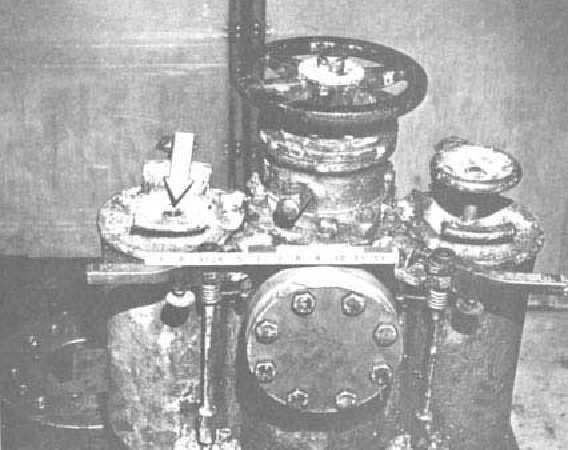| |
Figure 4-2.—Investigation photograph with ruler to show scale.
different light, exposures, or angle; but only print the
good shots.
Photographs are physical evidence. They can be
shared among investigators. The only exception is if
the mishap investigation board deliberately stages a
photograph. Based on its deliberations, the board
may want a photograph staged to prove or disprove a
point. For example, the board may decide that a
worker was electrocuted by touching a light switch
over a metal sink. To prove that could have
happened, the board may have a worker of the same
height stand in the same spot to try to reenact
touching the switch. Staging the photograph to show
that the victim could reach the switch makes that
photograph and its negative privileged information.
Also, if a mishap board member writes or draws
something on a photograph based on board
deliberations,
the
photograph
then
becomes
privileged. The negative to that photograph, without
the writing, is not privileged.
When taking photographs for your investigation,
keep the following tips in mind:
Take a few shots while approaching the mishap.
Follow the path of travel of the victim.
Photograph anything that may get moved or
collected.
If you get there while the mishap is in progress,
take photos of the onlookers and emergency
response personnel. That may provide identifi-
cation of witnesses to the mishap and where they
were standing.
Get photos from all sides, if possible.
Photograph the debris so that you can see
details—get close but keep some background in
the photo to show a relationship with other
evidence.
Show a scale of the item by photographing a
person, a hand, a ruler, or a clipboard next to the
item (fig. 4-2).
4-9
|

